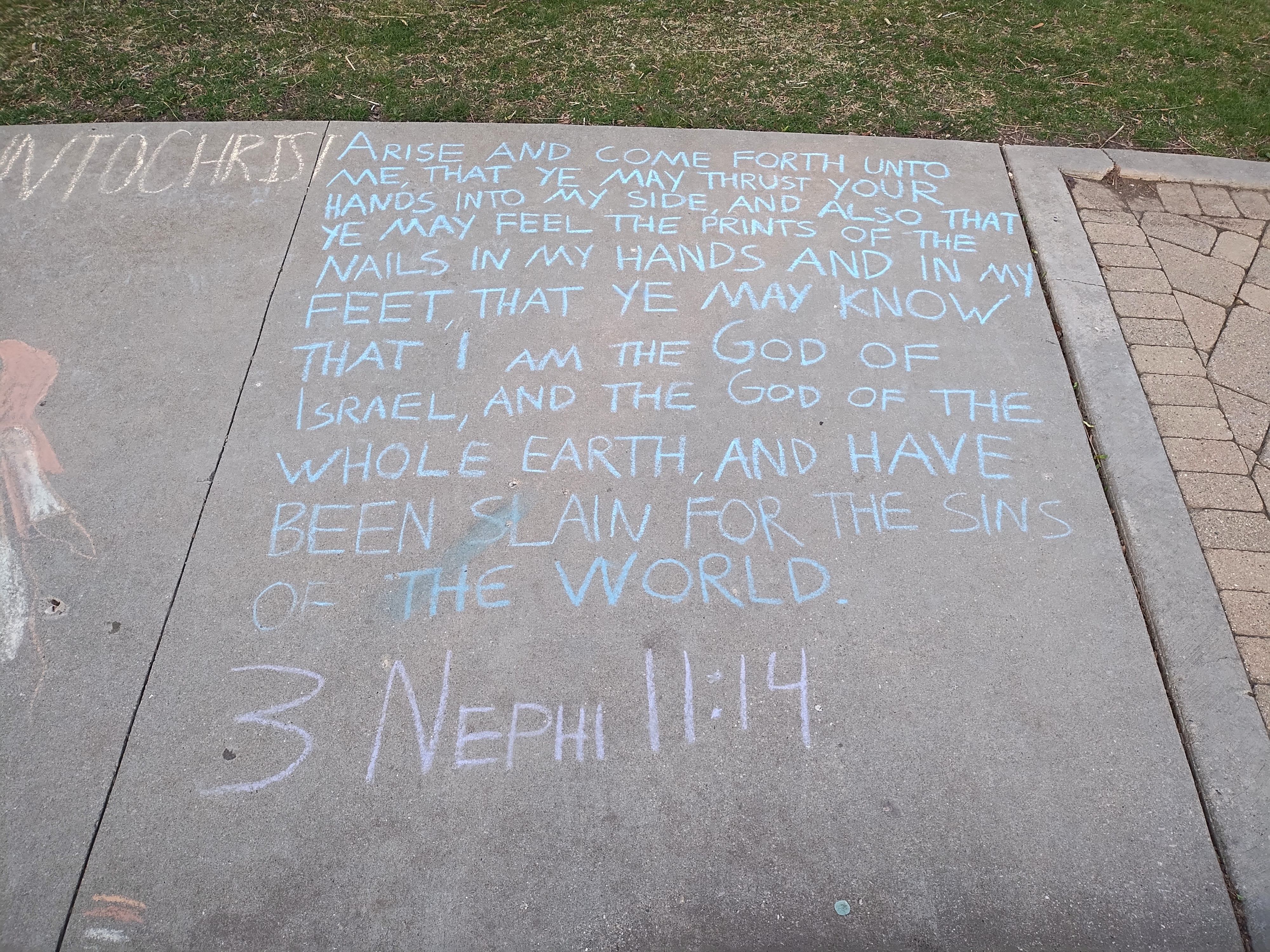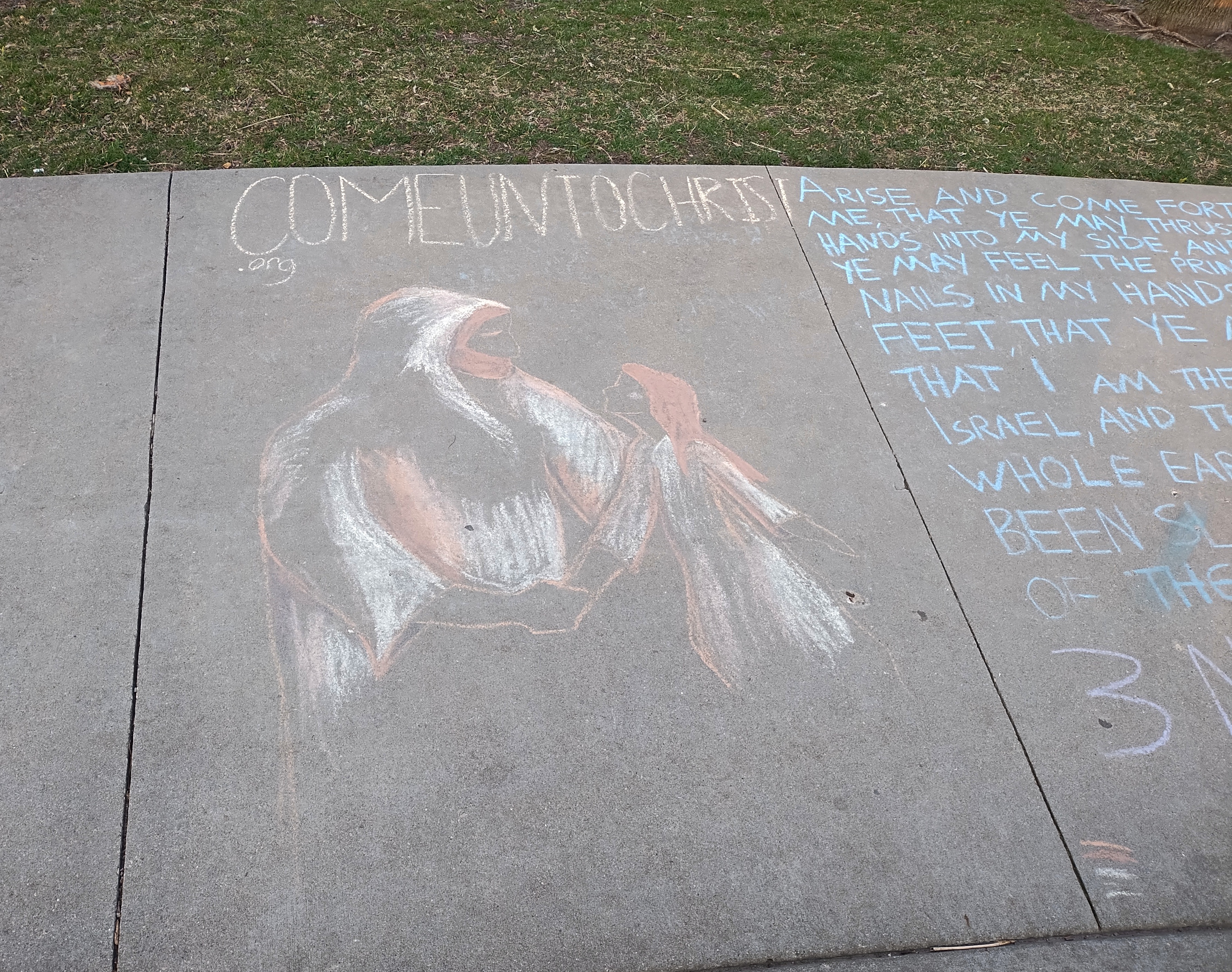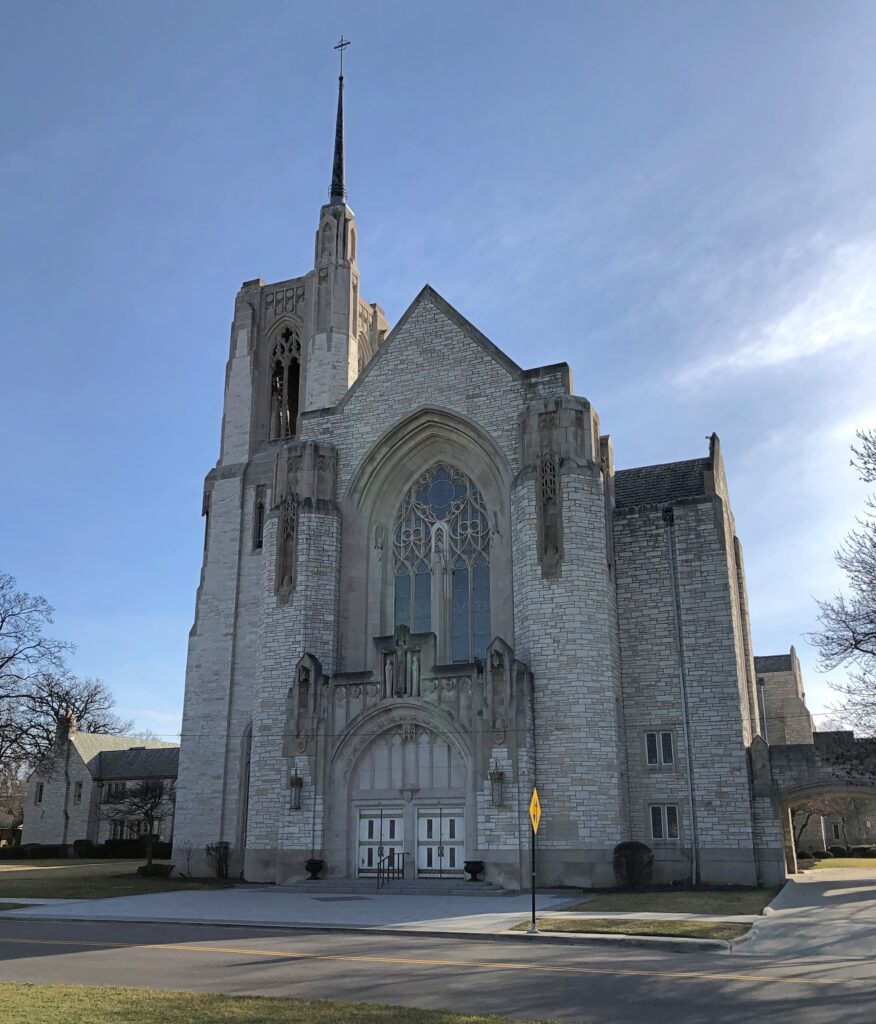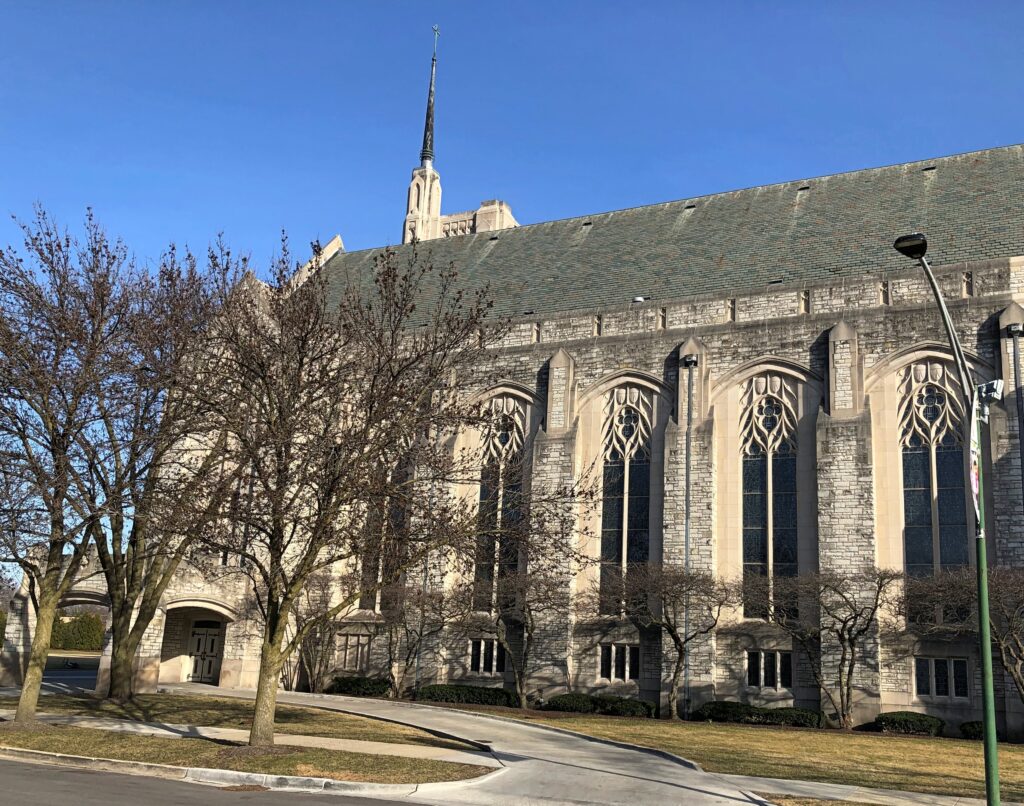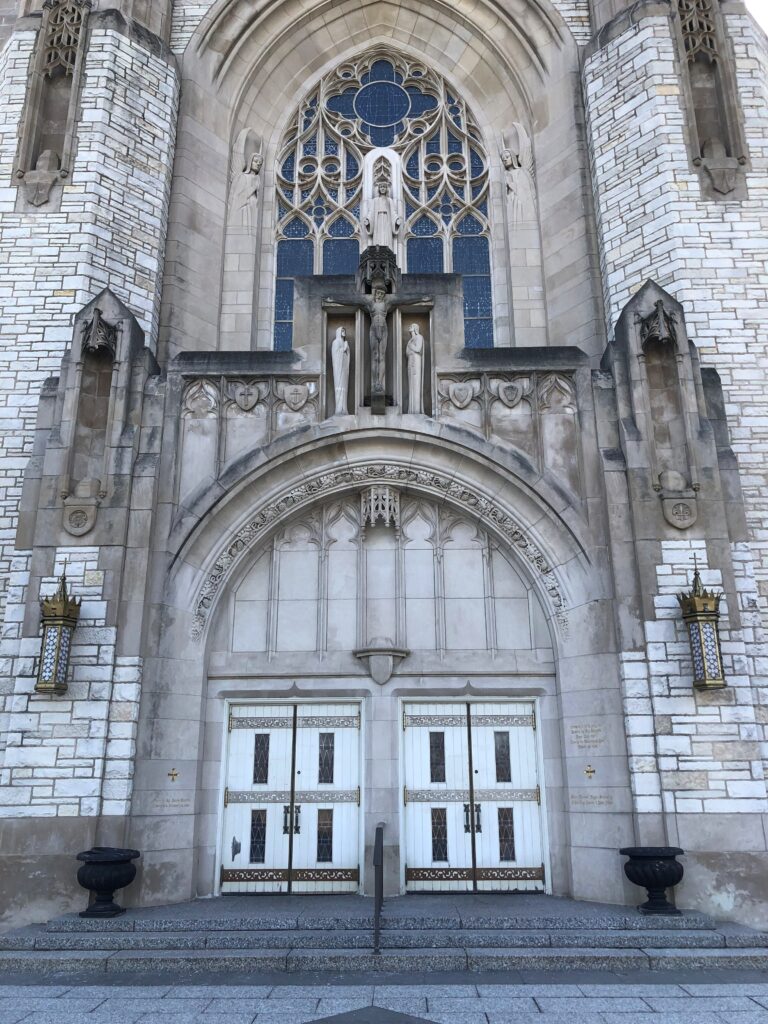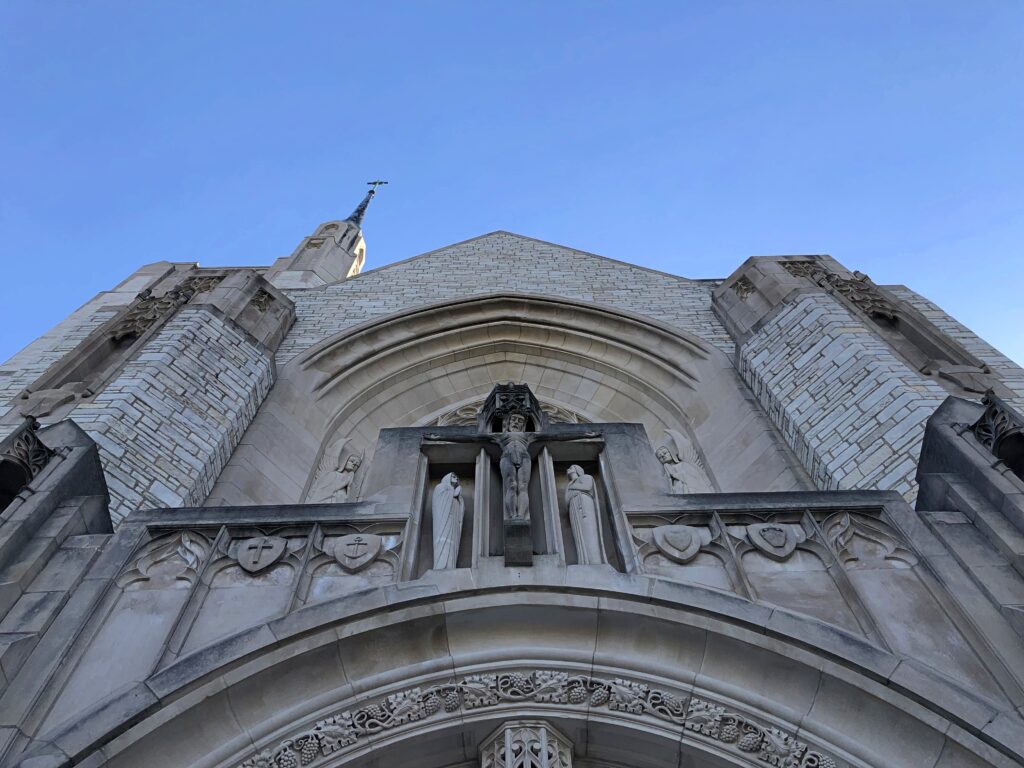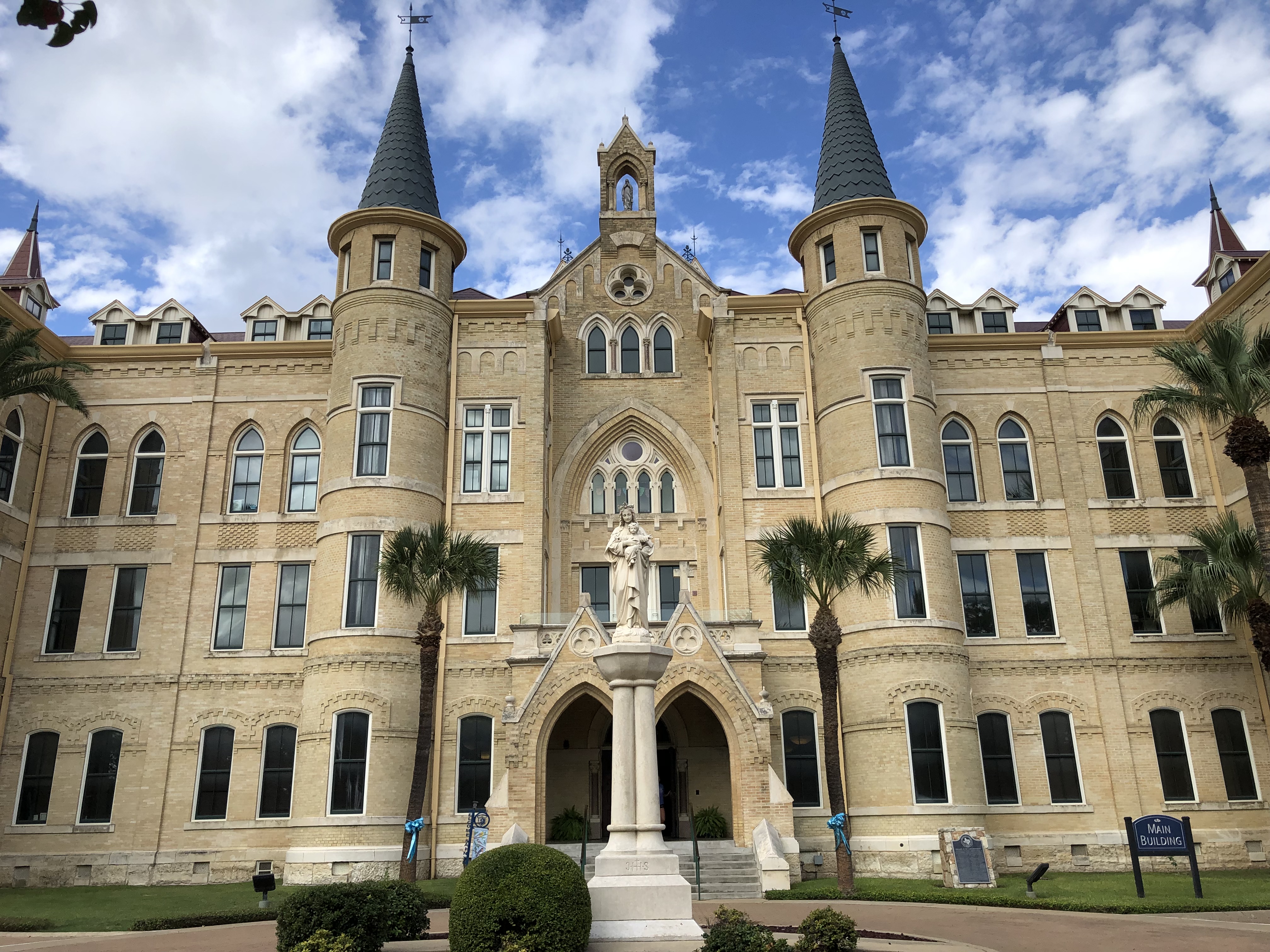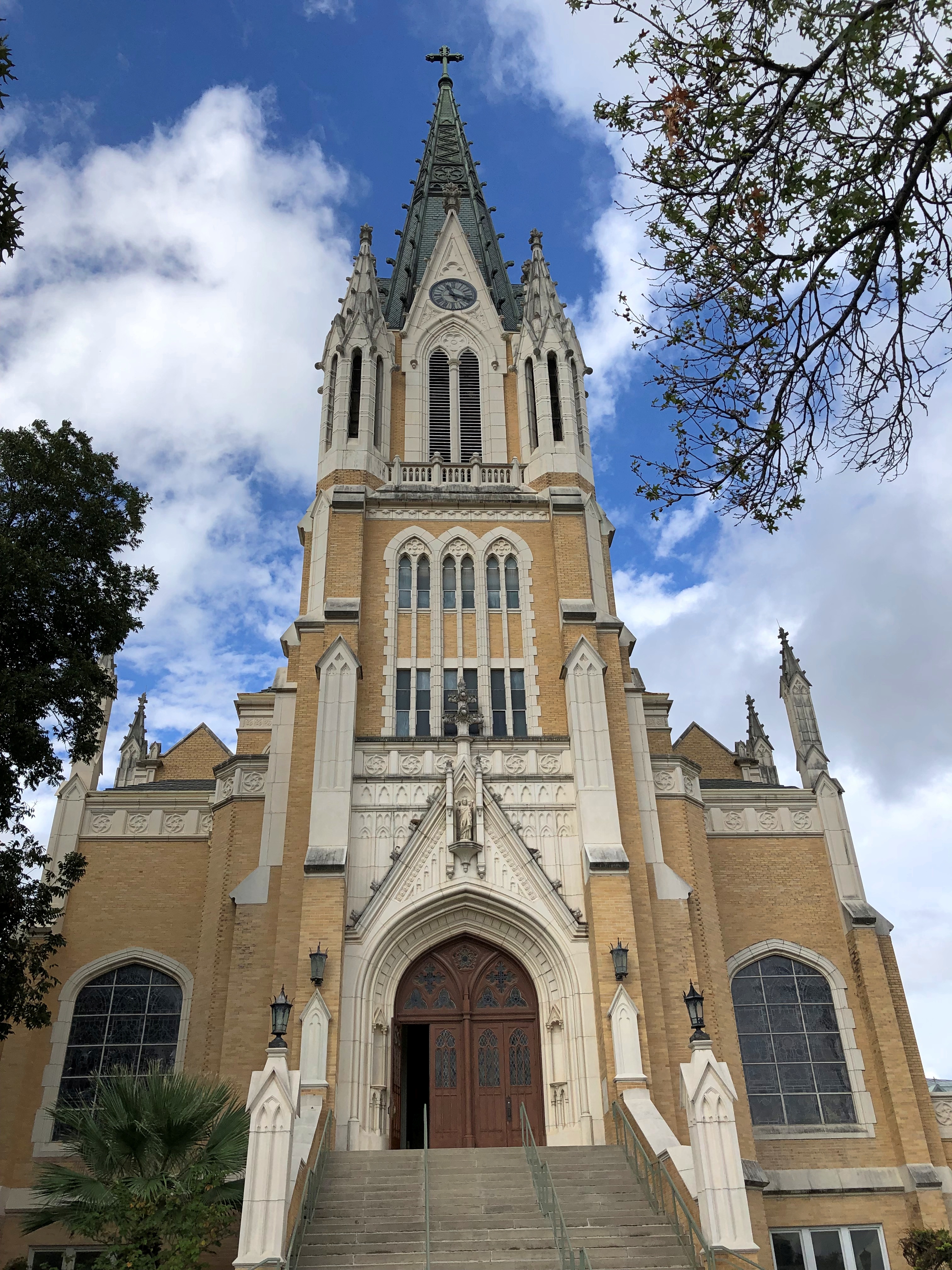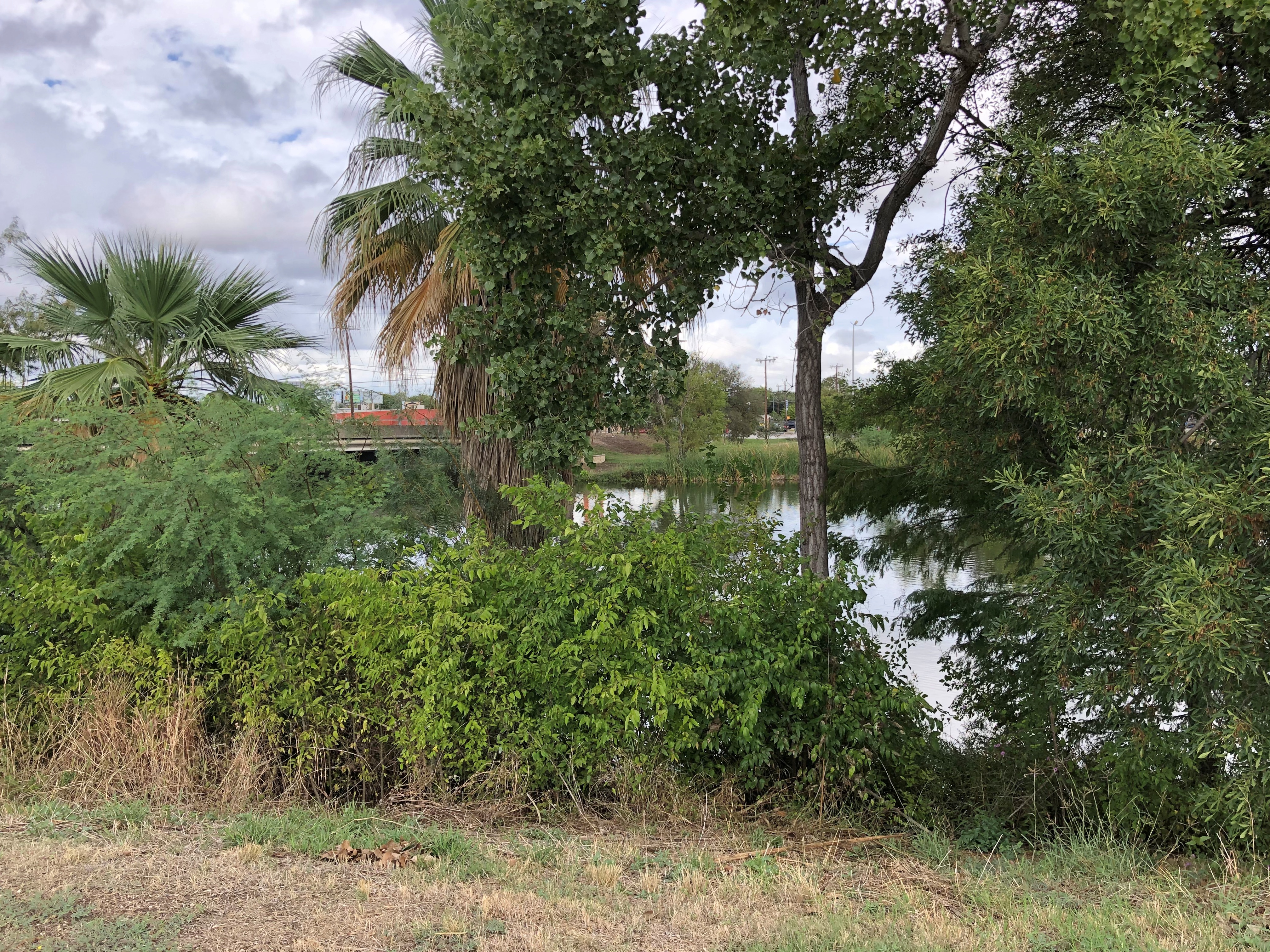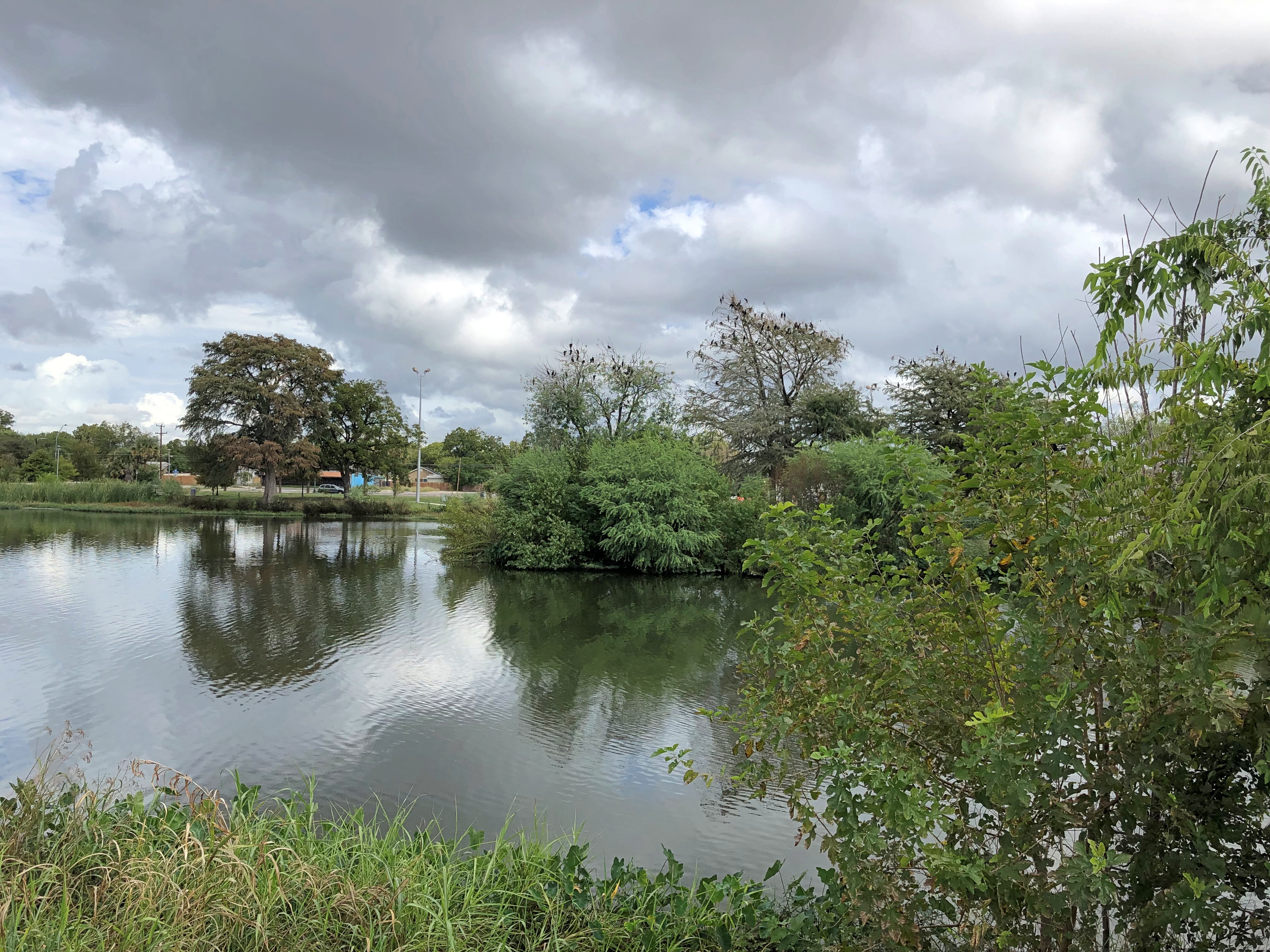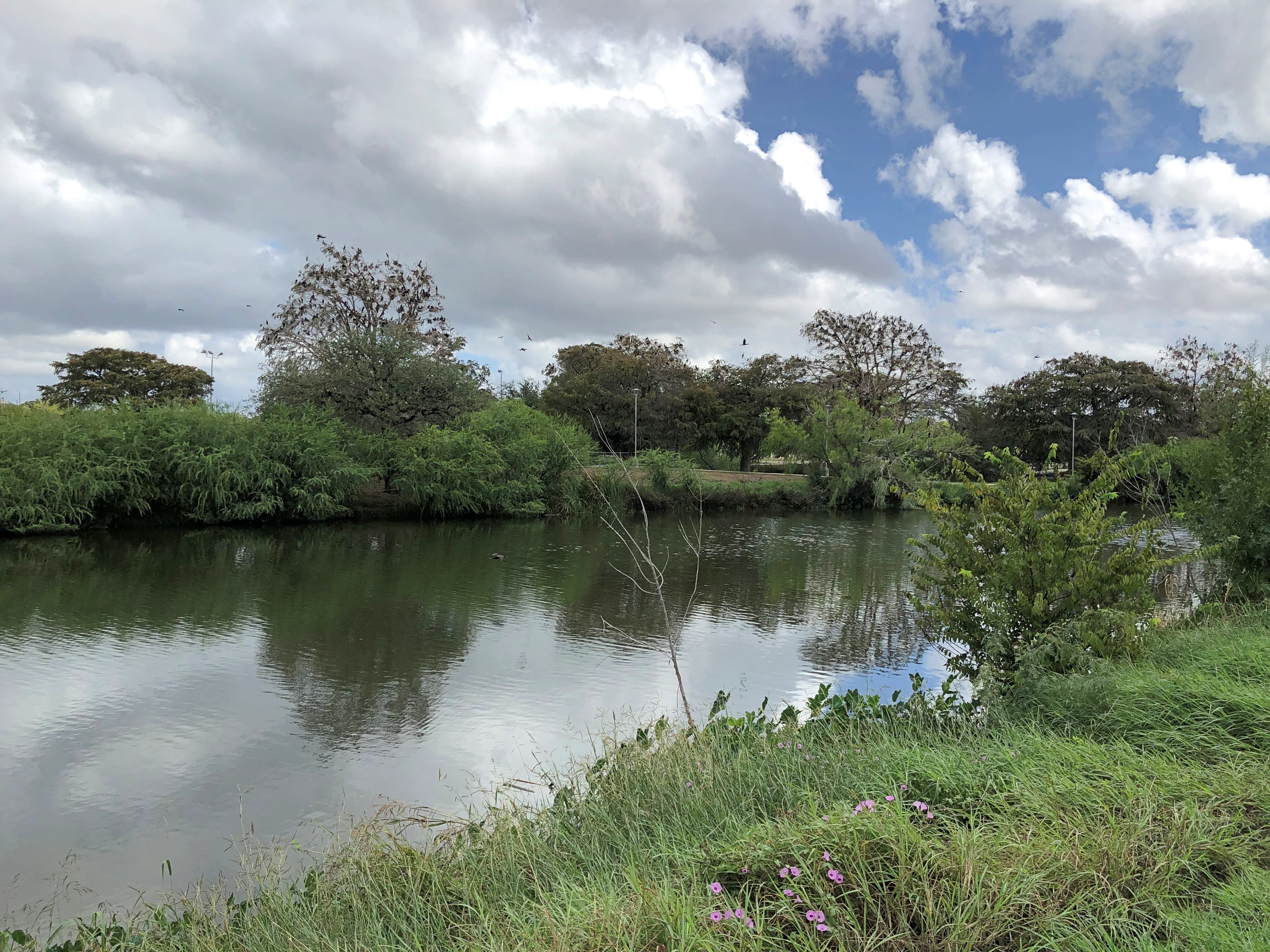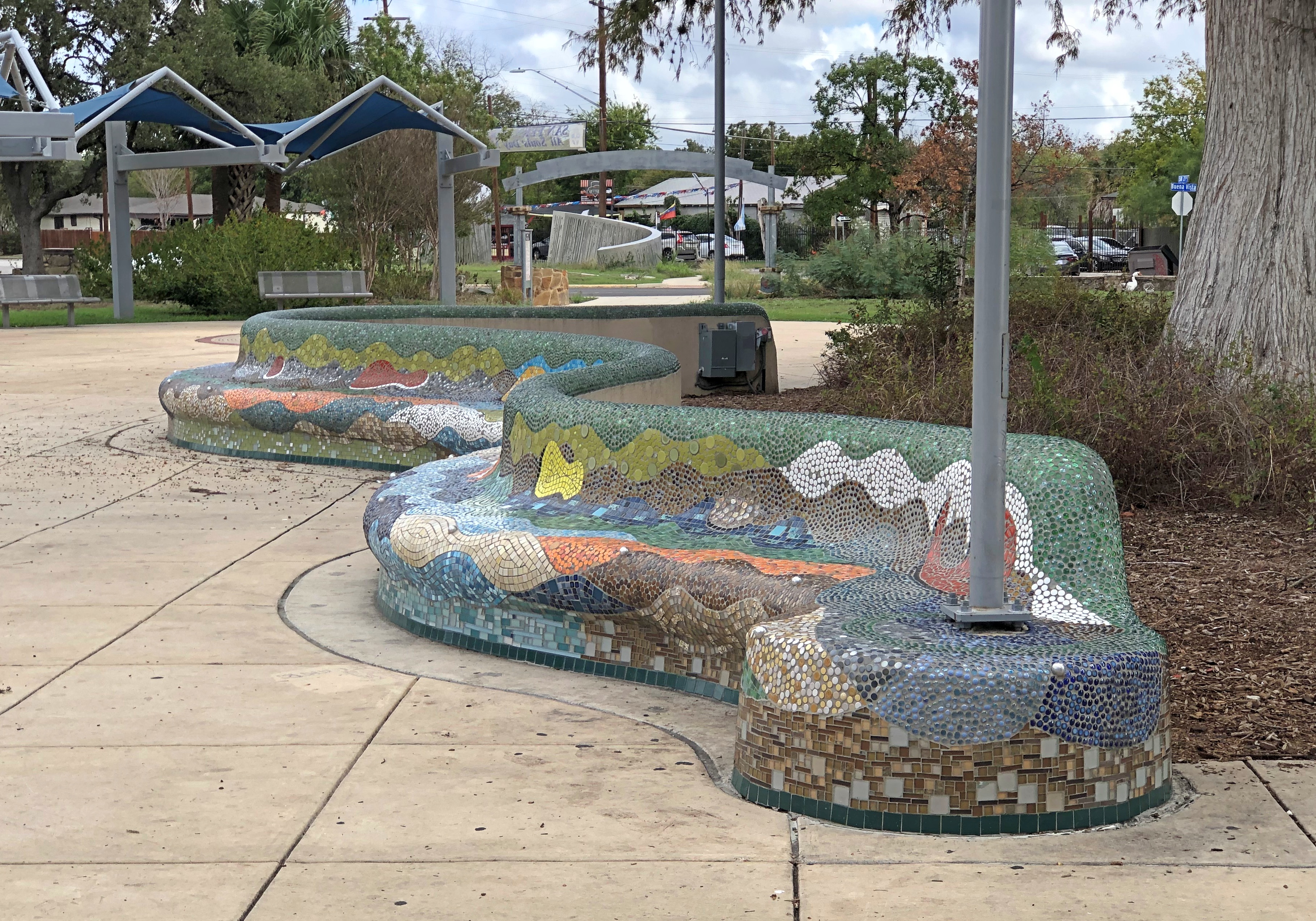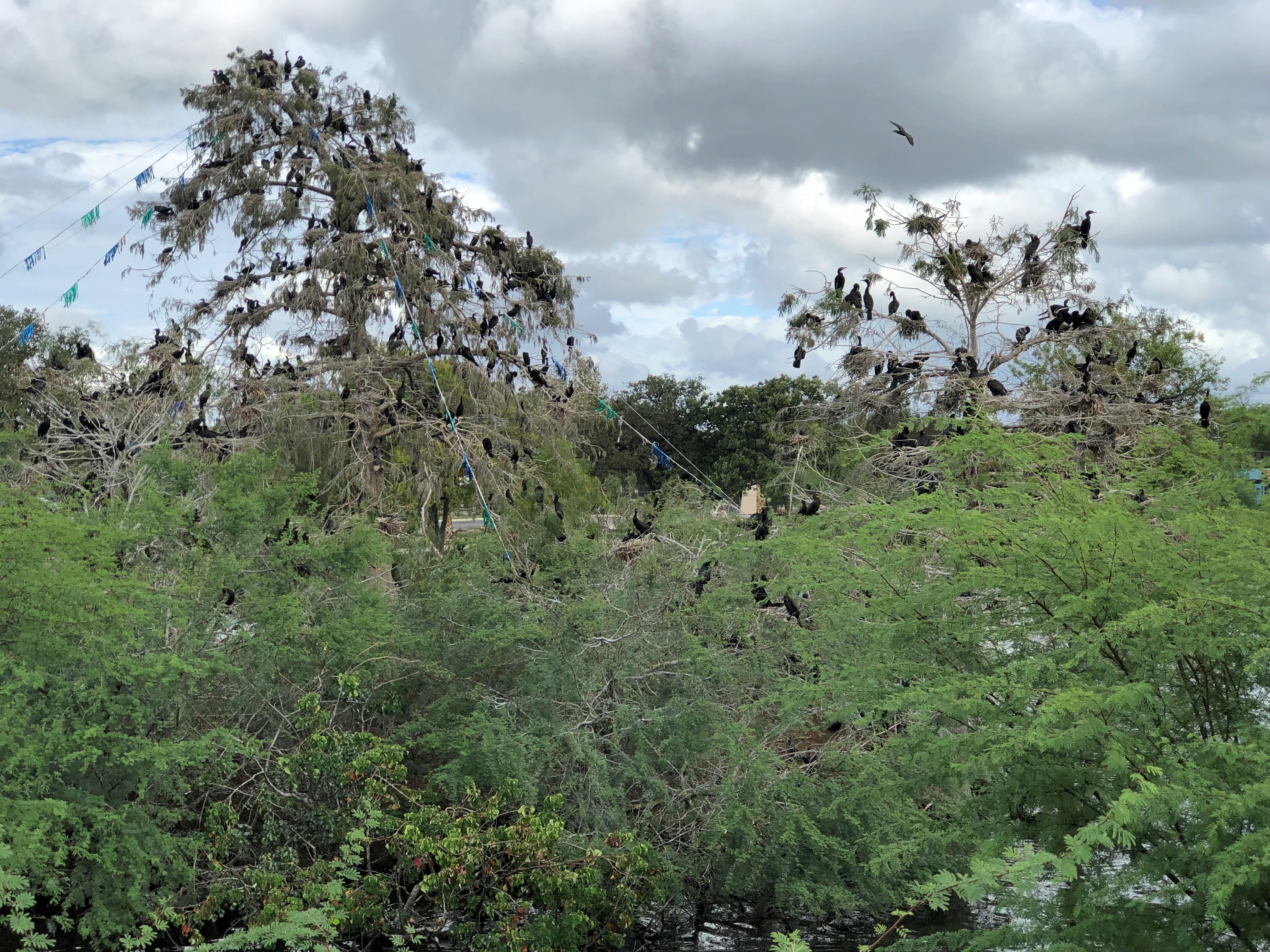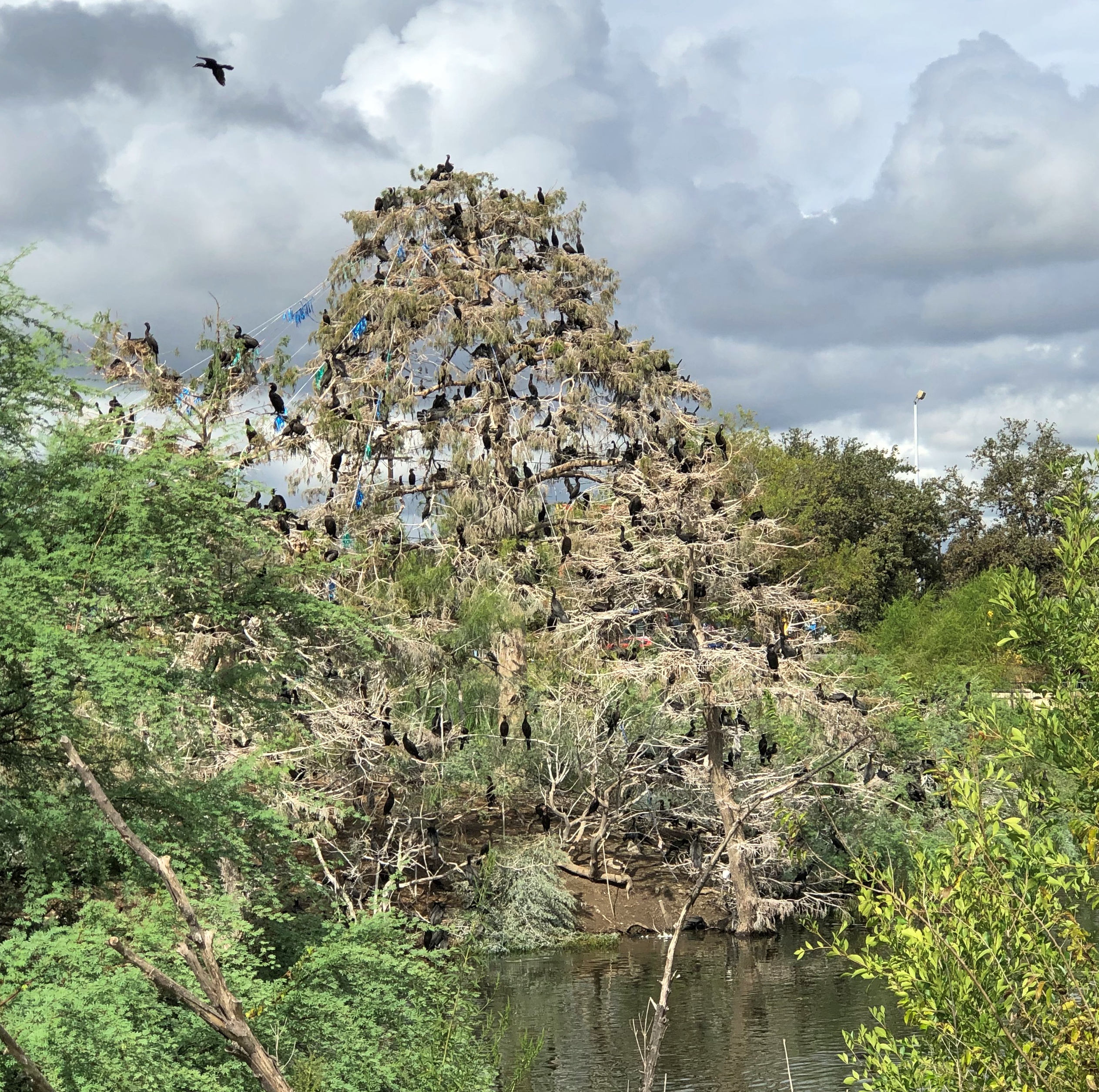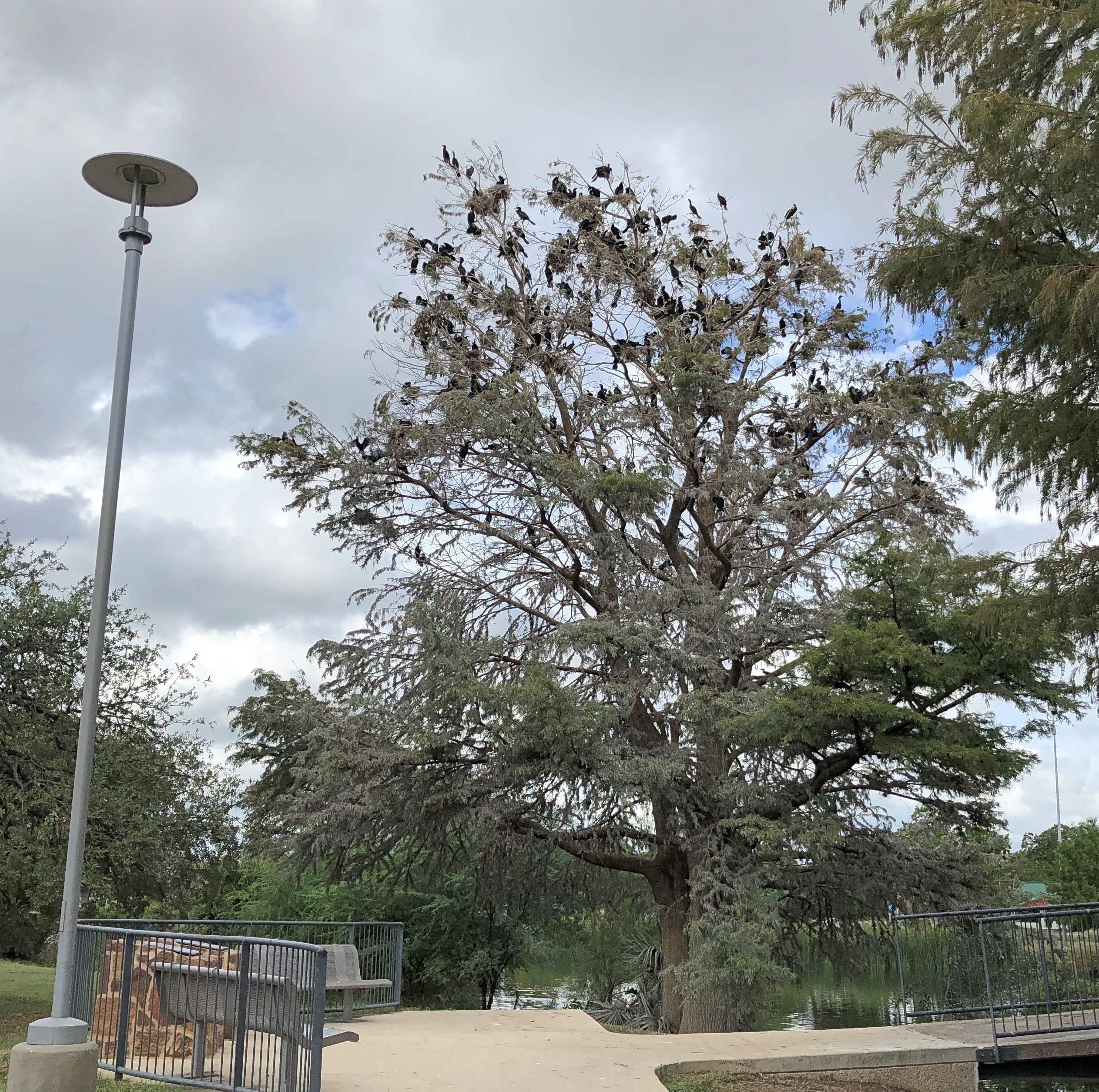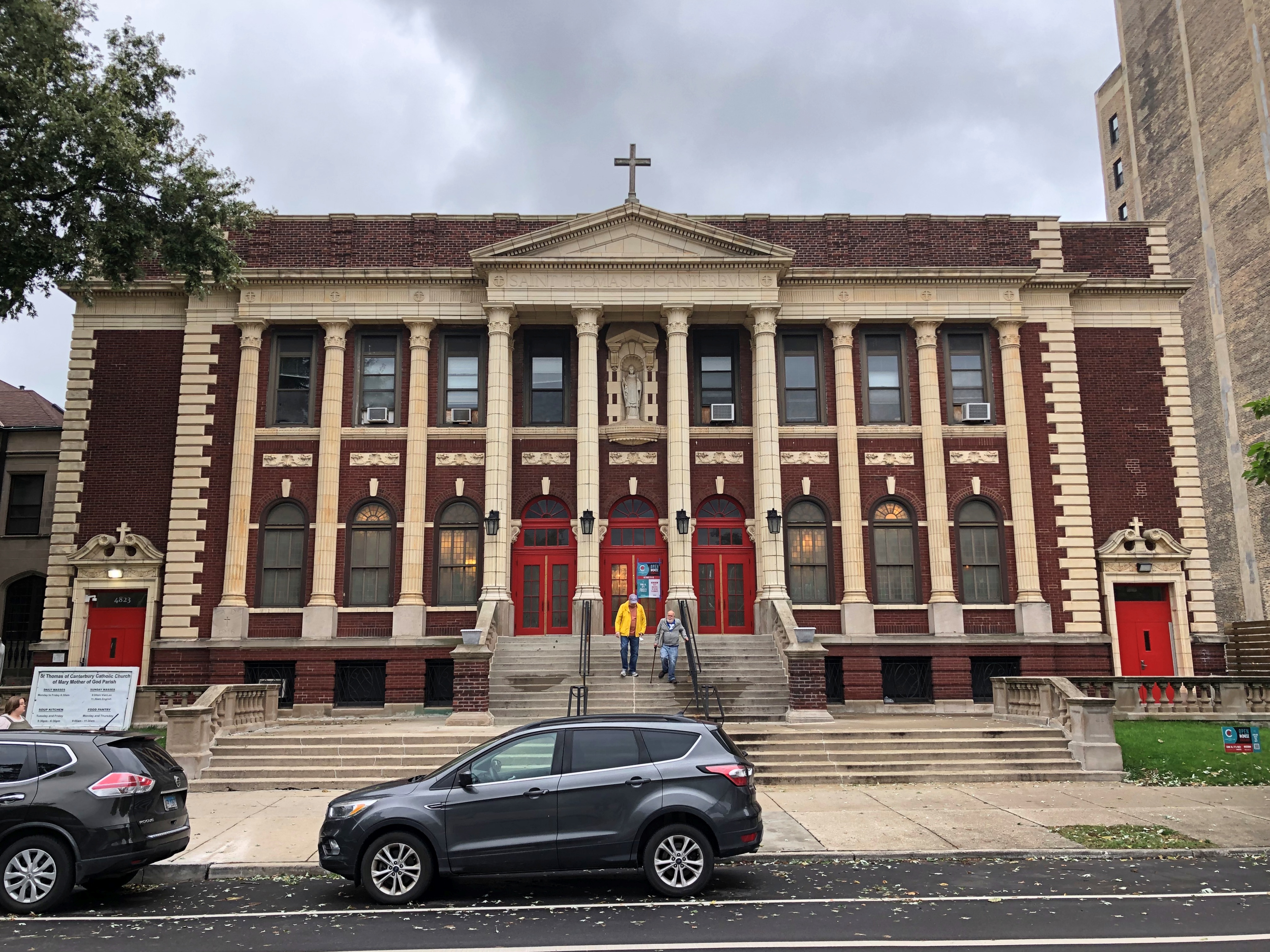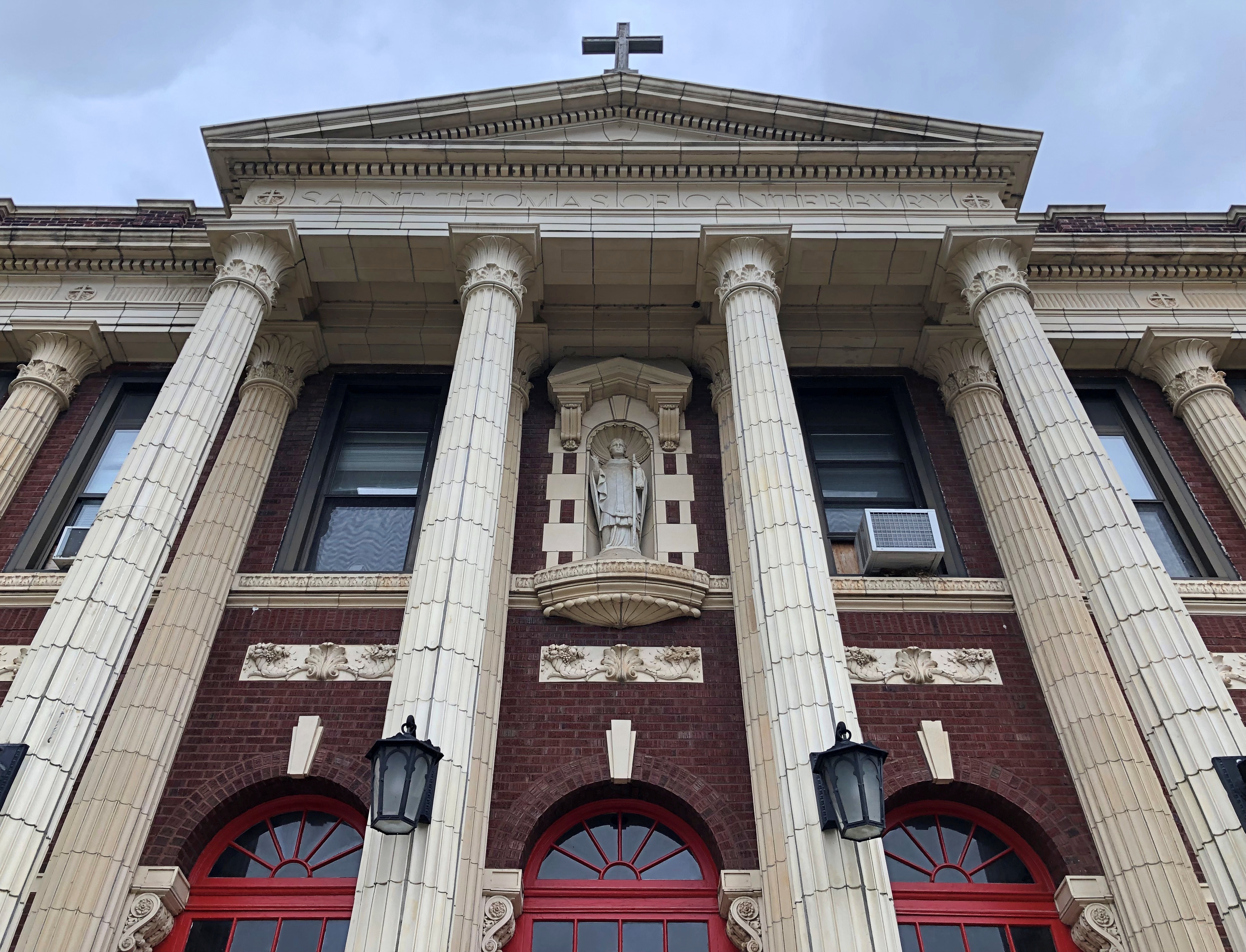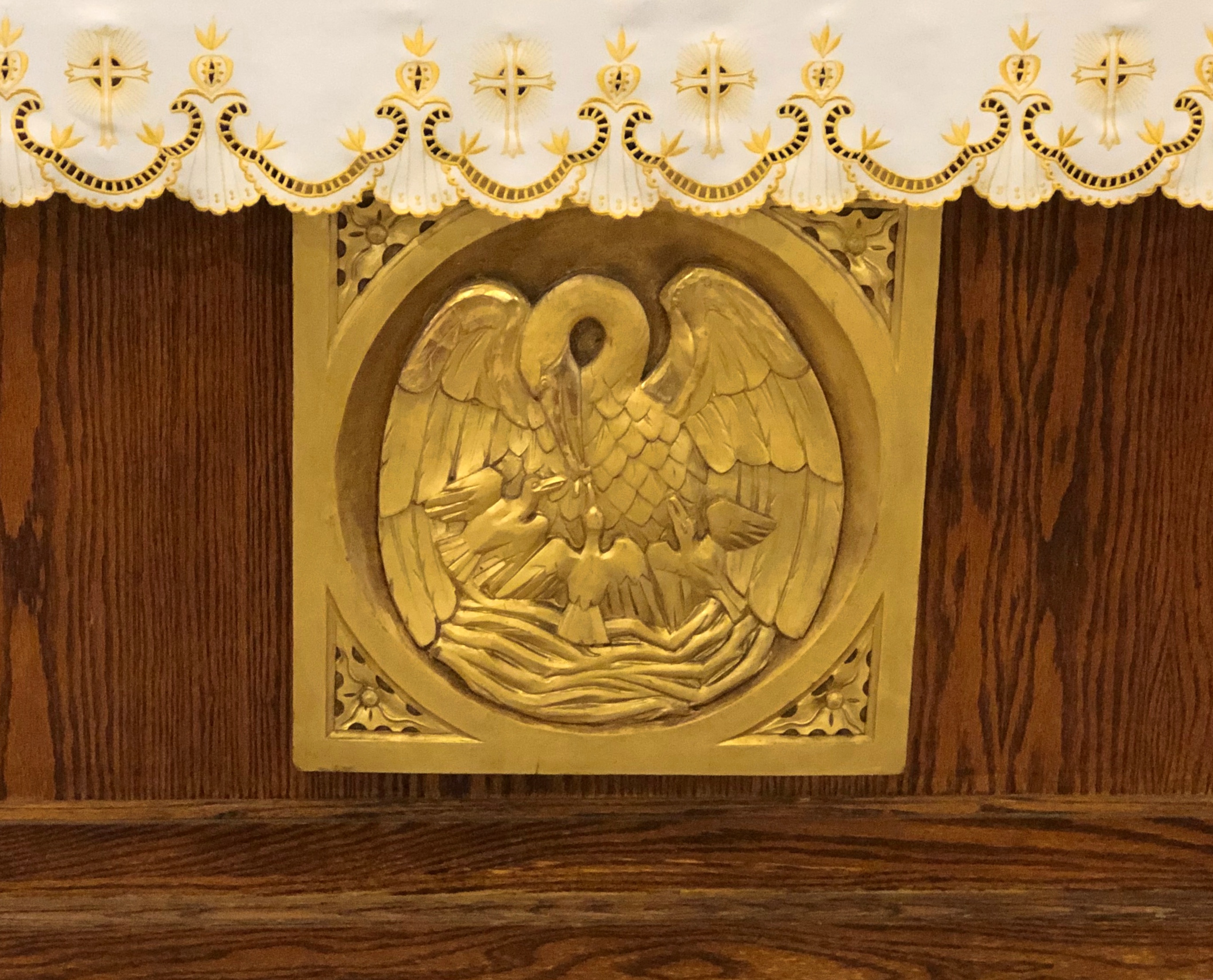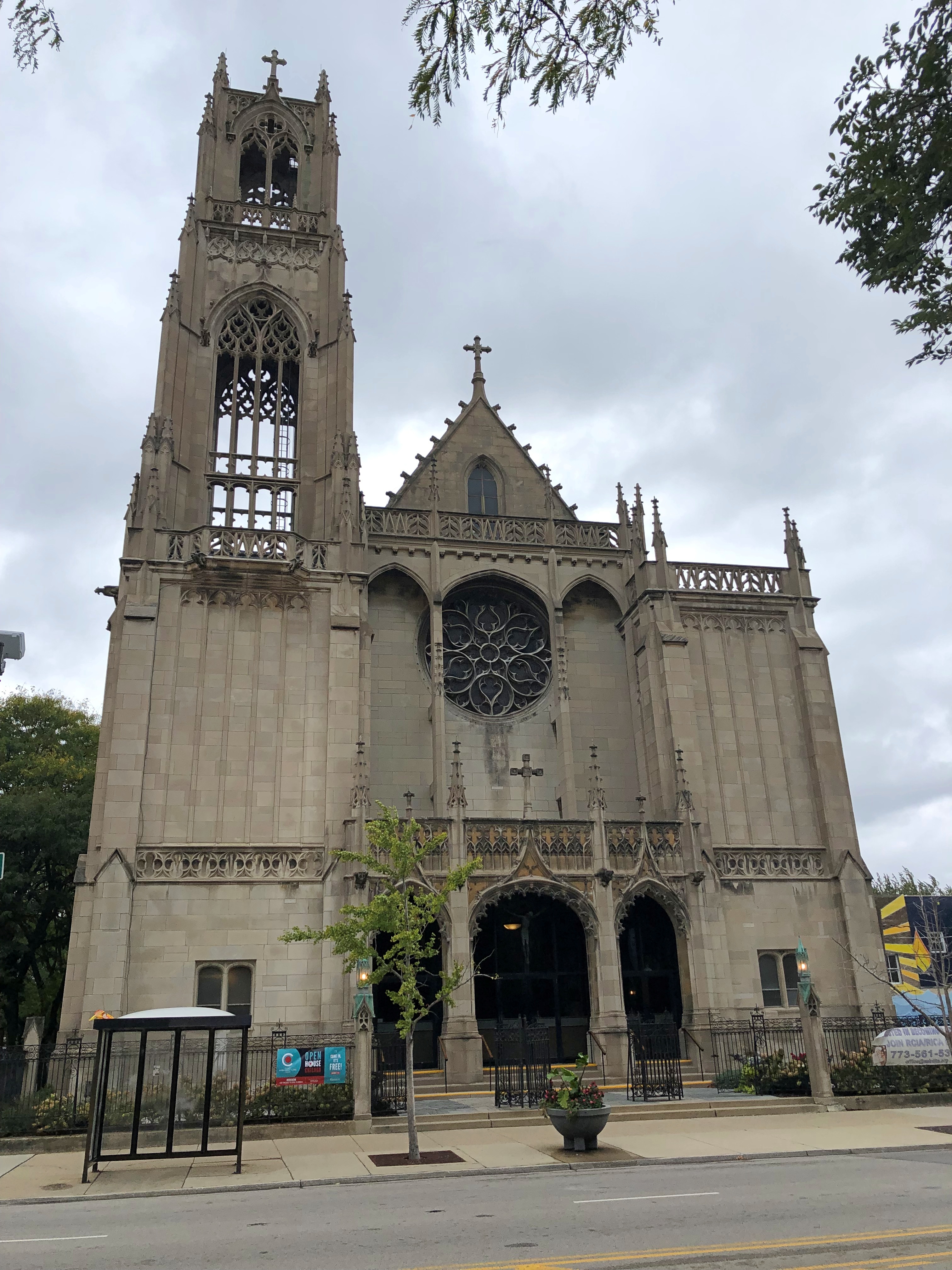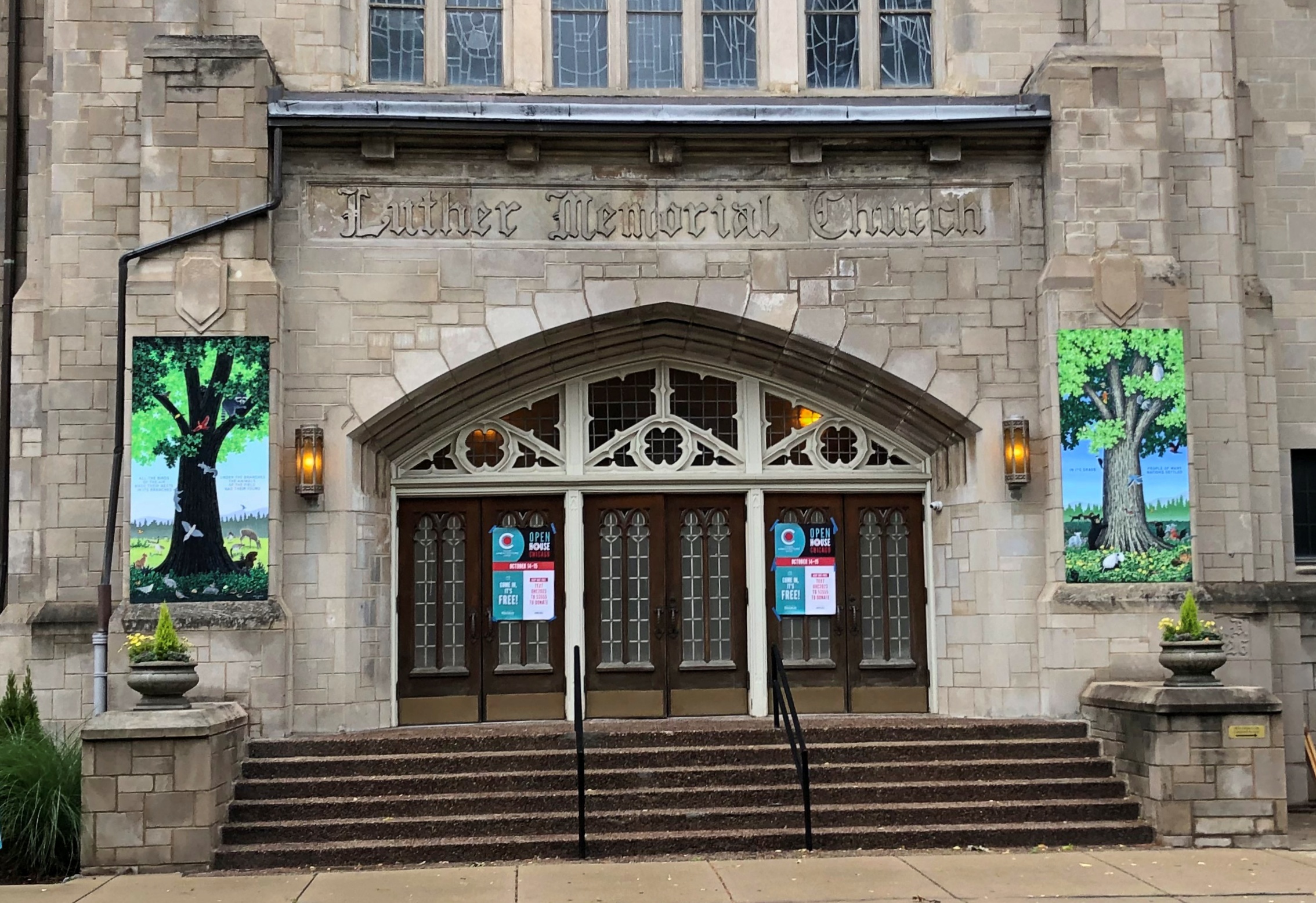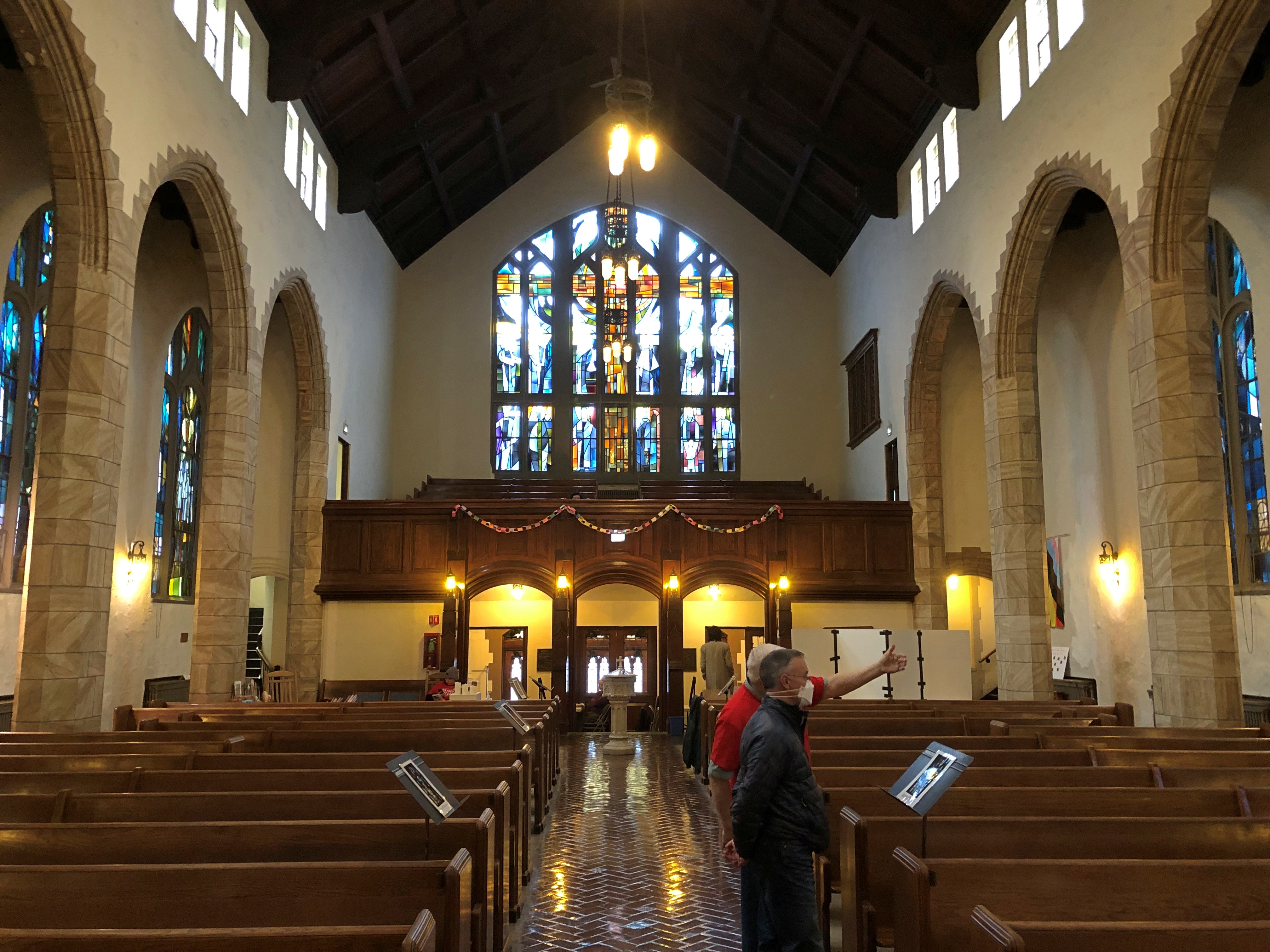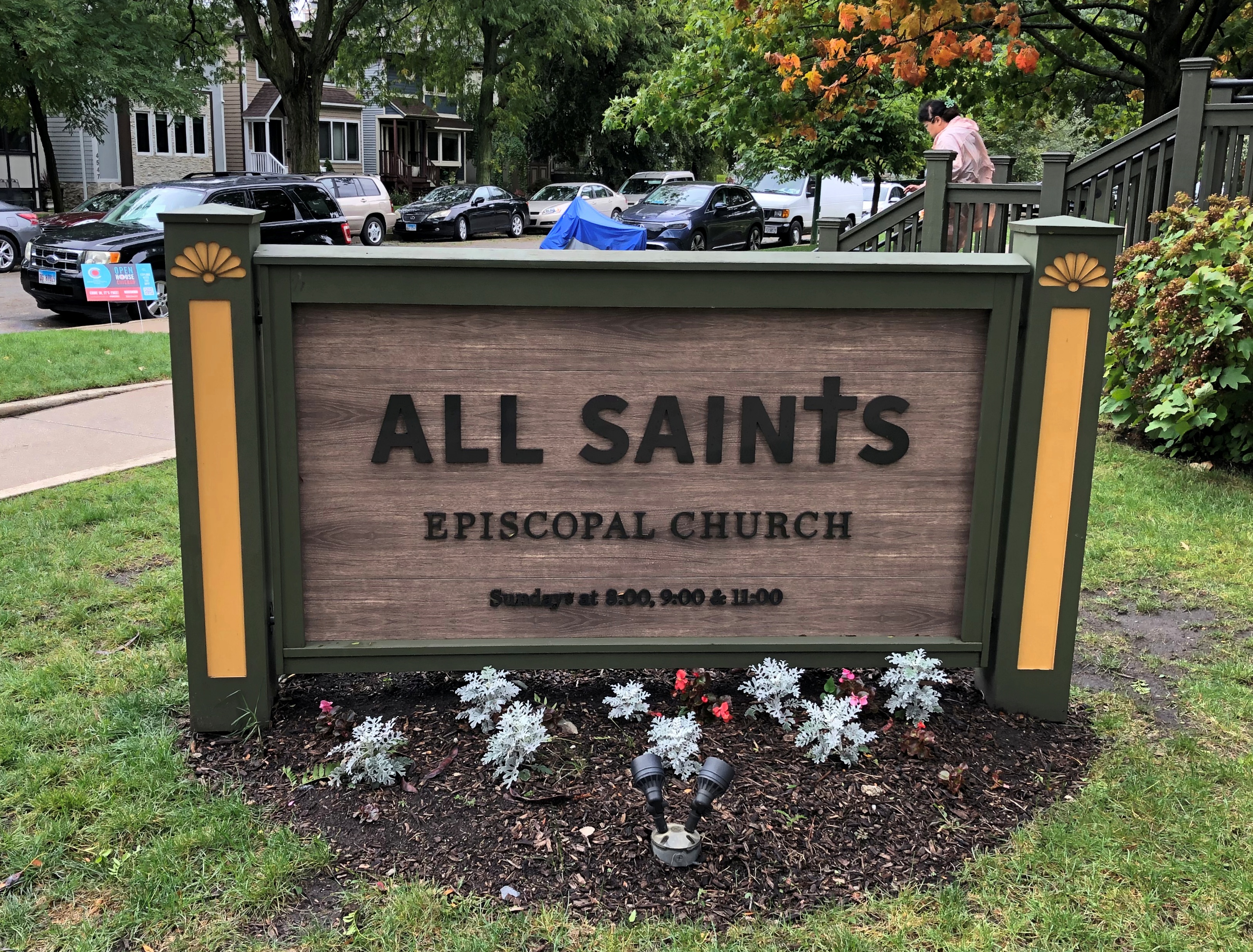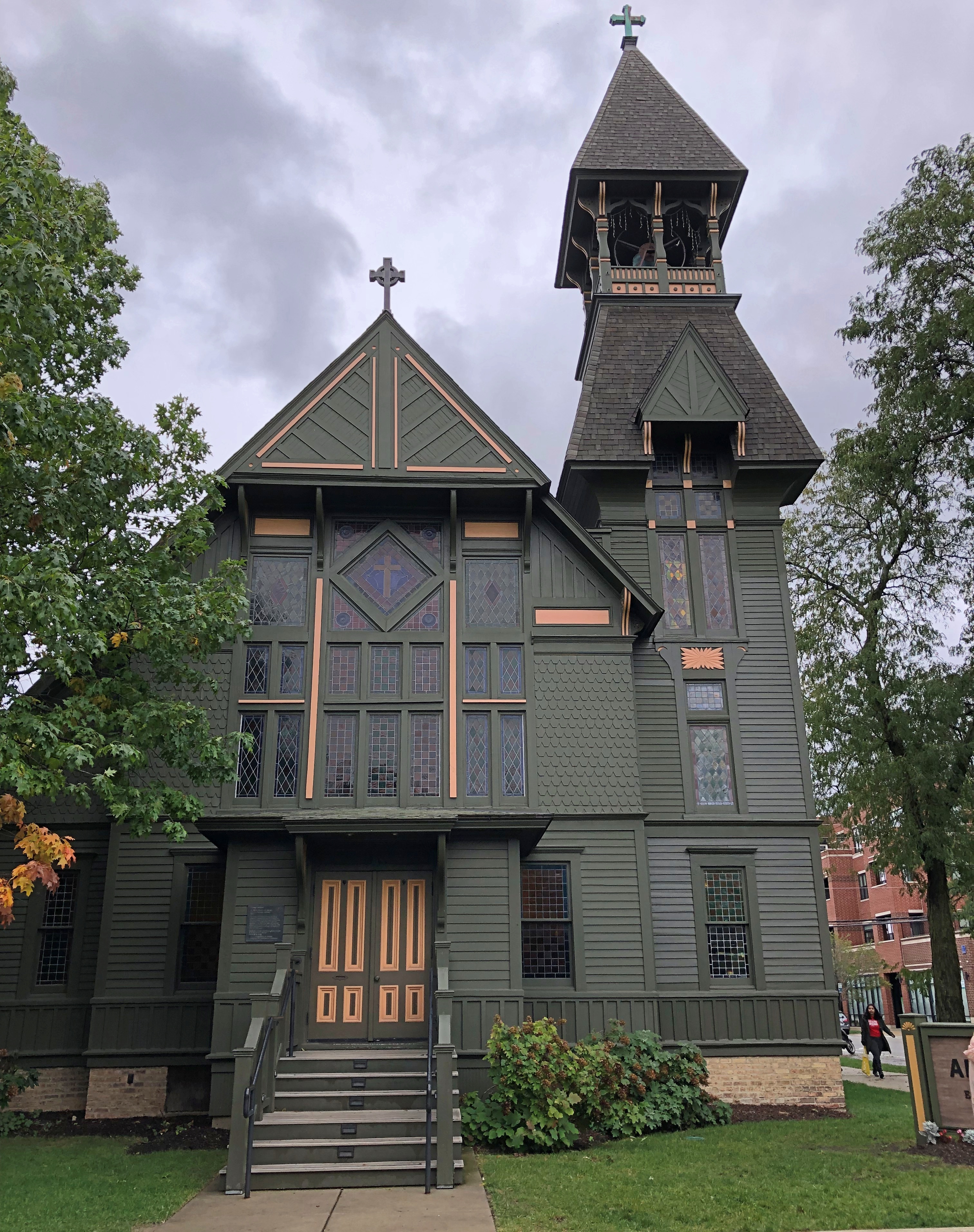My bourgeois householder impulses kicked in today and I mowed the lawn, which, happily, is sporting a nice crop of dandelions. I’m actually fond of dandelions, so I suppose my lawncare impulses aren’t entirely conventional. I gave up raking leaves years ago, too, and don’t regret it. I look at my lawn in the spring and think, where did all those leaves go? To nourish the soil, of course.
On April 7, we left Harrison, Arkansas, where we’d spent the night, and headed for Dallas by not quite the most direct route. Soon we passed through Eureka Springs. We wanted to amble around town a bit, but parking was hard to find and – this rankles on a Sunday – costs money. So on we went, west on U.S. 62. Moments out of town, I spotted the sign for Thorncrown Chapel.
The chapel rises gracefully on its Arkansas hillside, whose trees at that moment were budding, but not obscuring the view. Good timing for a visit.

Wood and glass and light and – air. So light you’d think it’s going to float away, despite however many pounds of wood it represents. 
“Thorncrown Chapel… is the most celebrated piece of architecture built in Arkansas,” says the Encyclopedia of Arkansas, which is a tall statement. But that opinion seems to have some weight, considering the structure’s honors and spots on architecture lists, besides the acclaim accorded architect E. Fay Jones.
“Eighteen wood columns line each of the long sides,” the article notes. “The columns are connected overhead by a latticelike diagonal web of light wood pieces, creating the building’s most important visual feature. This interior bracing is Jones’s inspired inversion of Gothic architecture’s transfer of the loads of a building to “flying buttresses” that brace the walls from the outside.”
The Mildred B. Cooper Memorial Chapel, also by Jones, has similar charms, but I’d say Thorncrown kicked things up a notch in design.
We happened to be in time for the Sunday nondenominational service, so we sat in for a while. No admission, but we were happy to make a donation.
Much better images are here. Seems that the muse was with E. Fay Jones when he designed the chapel for a couple who happened to own the land, Jim and Dell Reed, and who had this built instead of a retirement home, tapping Jones, a one-time student of Frank Lloyd Wright, for the job; and ultimately seeing it completed in 1980, after divine intervention was said to be a factor in the financing.
One of the speakers at the service – I can’t call it the sermon or homily, just a chat – who looked my age or a little more, was their son, Doug Reed, I think. Maybe he sees chapel every day, or often enough, but somehow a sense of awe came through as he described how the Thorncrown came to be. That didn’t make an impression on me in the moment, but the more I think about it, the more impressive it is, how familiarity hasn’t effaced awe for him.


